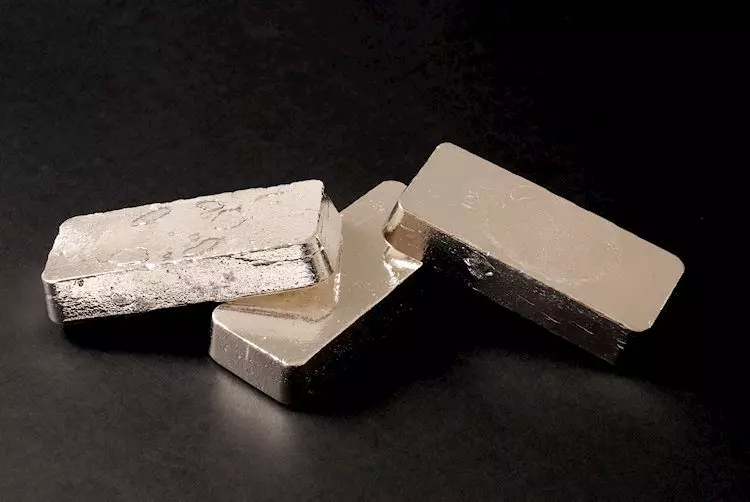Silver prices, represented as XAG/USD, were relatively steady on Wednesday according to FXStreet data. With silver trading at $29.55 per troy ounce, it has seen an increase of 16.02% since the beginning of the year. One of the key indicators used by investors to determine the relative valuation of Silver is the Gold/Silver ratio.
The Gold/Silver ratio stood at 78.93 on Wednesday, slightly up from Tuesday’s 78.86. This ratio shows the number of troy ounces of Silver required to equal the value of one troy ounce of Gold. Investors often use this ratio to assess whether Silver is undervalued compared to Gold or vice versa. A high ratio may signal that Silver is undervalued and prompt investors to buy Silver or sell Gold accordingly. On the other hand, a low ratio might indicate that Gold is undervalued relative to Silver.
Silver is a precious metal that is heavily traded among investors. While not as popular as Gold, Silver is often chosen by traders seeking to diversify their investment portfolio, looking for intrinsic value, or as a potential hedge during times of high inflation. Investors have the option to buy physical Silver in the form of coins or bars, or trade it through Exchange Traded Funds (ETFs) that track its price on international markets.
There are various factors that can impact the price of Silver. Geopolitical uncertainty or economic fears can drive up Silver prices due to its safe-haven status, though typically to a lesser extent than Gold. Silver, being a yieldless asset, tends to rise as interest rates decline. Additionally, the behavior of the US Dollar plays a significant role in determining Silver prices, as it is denominated in dollars. A strong Dollar usually keeps Silver prices in check, while a weaker Dollar can lead to price increases.
Silver is widely used in industries such as electronics and solar energy due to its high electrical conductivity, surpassing even Copper and Gold. Changes in demand from these sectors can impact Silver prices, with increases in demand driving prices up and declines leading to price decreases. Economic dynamics in countries like the US, China, and India also play a role in determining Silver prices. These countries utilize Silver in various industrial processes and consumer demand for silver jewelry can also influence prices.
Relationship with Gold
Silver prices tend to closely follow the movements of Gold prices. Both metals are considered safe-haven assets, leading to similar price behavior. The Gold/Silver ratio can provide insights into the relative valuation between the two metals, with a high ratio suggesting undervaluation of Silver and a low ratio indicating potential undervaluation of Gold. Investors often use this ratio as a tool in their decision-making process.
Silver prices are influenced by a multitude of factors ranging from industrial demand to geopolitical tensions. Understanding the dynamics of Silver prices and its relationship with Gold can provide valuable insights for investors looking to navigate the precious metals market. By staying informed and monitoring key indicators, investors can make well-informed decisions when it comes to trading Silver and Gold.

